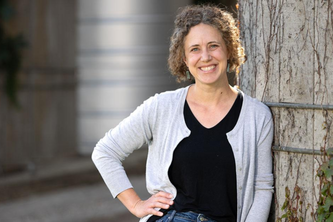
For years, the University of Minnesota Medical Reserve Corps (MRC) has hovered around 1,000 members—health professionals as well as non-clinical personnel and students—ready to help the community in case of an emergency.
They’re answering the call now, in the midst of the COVID-19 pandemic, in impressive fashion. And U of M students are at the forefront.
According to Kathy Berlin, deputy director of the U of M’s Health Emergency Response Office and coordinator of the MRC, more than 70 students, faculty, and staff have deployed since mid-March. Most are assisting M Health Fairview in roles ranging from supporting triage to medication reconciliation, and two are deployed to support the Minnesota Department of Health. And many more are ready for their turn.
“In the past month we’ve seen an increase in membership by about 500 in direct response to people’s desire to be of service during the COVID-19 response,” Berlin says. “Every single day I receive emails from members asking if there’s anything that they can do to help.”
A special corps at the U of M
The Medical Reserve Corps was formed as a national program in the wake of 9/11, with the majority of MRC units based in public health departments. The U of M’s MRC is the largest in the state and among the largest in the country, and unique in that it includes students. It has taken part in two major deployments in Minnesota—following the 35W bridge collapse and during the 2009 H1N1 pandemic.
For students, it’s a special opportunity. “They are providing support to communities while taking part in a unique educational experience,” notes Berlin.
Ben Eide is a second-year medical student with a background in public health, and decided to join the MRC four years ago, in part to learn how to respond to large-scale disasters. “I found out it was OK that I wasn’t a doctor or a nurse; there were still a lot of things I could do.”
Eide was deployed on March 9—before many Minnesotans knew the severity of the pandemic—to be part of a triage crew at Boynton Health Service on the Twin Cities campus. He helped to screen people coming in and steer them to get help as needed, working alongside two public health nurses.
“I have a lot of respect for the fact that they weren’t throwing me there alone to start making decisions that are at that point out of my pay range,” Eide says.
Eide says the public health side of him recognizes the importance of being proactive and having a plan. “I already knew what to do, and it became very easy.” And as someone going into medicine, “this isn’t just about population-level protection,” he says. “This makes sure individual patients will get the help they need effectively.”
Berlin notes that students tell her that the opportunities that they receive through the MRC are truly unique, something they may not get in their regular coursework. “And the second thing I hear from students—and from faculty and staff—is that they feel like their lives have been enriched by the opportunity to be of service during a public health emergency.”





